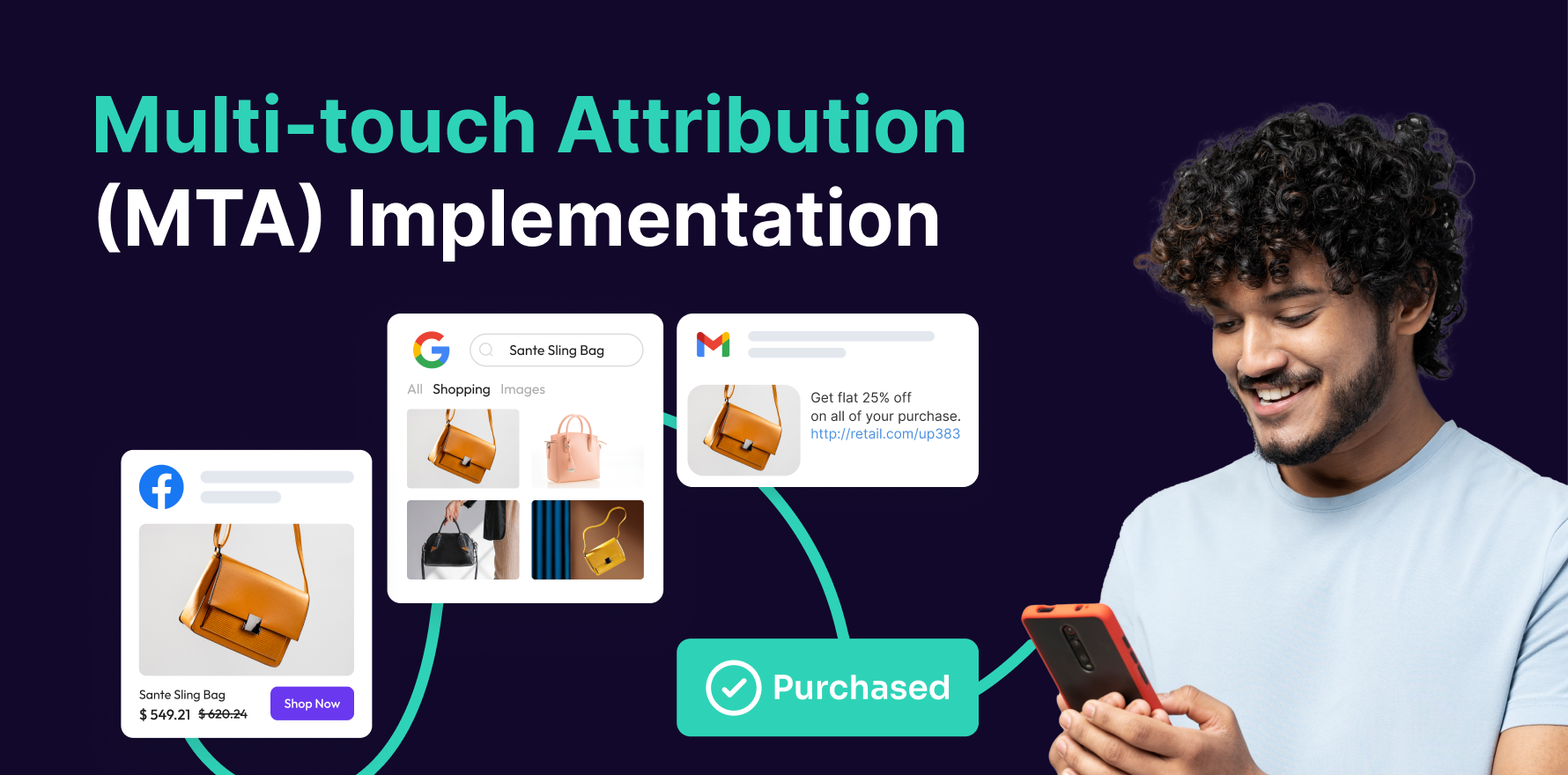What is Blocklist?
A Blocklist, also known as a Blacklist, in the domain of eCommerce, is a list or database of individuals, IP addresses, or email addresses identified as perpetuators of suspicious, harmful, or malicious activities. These activities may include spamming, cyber attacks, fraudulent transactions, or any behavior that violates the terms of the online platform. Blocklisted entities are typically denied access or specific privileges to prevent continued perpetration of such activities.
Formula
While there’s no specific mathematical formula for Blocklists, the process of blocklisting involves identifying and adding suspicious activities’ sources into a list. The effectiveness of a blocklist can be evaluated by measuring how well it reduces unwanted activities or potential threats.
Example
An eCommerce website registers multiple transactions from a specific IP address within minutes, all linked with different credit card numbers. This suspicious activity triggers the website’s security measures, and the IP address gets blocklisted, denying further transaction attempts.
Why is Blocklist important?
- Security Enhancement: Blocklists help maintain the security and integrity of the eCommerce platform by limiting potential threats.
- Fraud Prevention: By blocklisting suspicious IP’s or users, online stores can significantly reduce instances of fraudulent transactions.
- User Experience: Blocklists ensure better user experience by reducing spam and preventing interruption by malicious activities.
Which factors impact Blocklist?
Maintaining an effective blocklist requires regular updates and cross-checking. Companies should adopt machine learning and AI capabilities to identify new threats and update their blocklists accordingly. Regular audit and performance tracking of the blocklist can also help in its enhancement.
How can Blocklist be improved?
- Accuracy of Data: The effectiveness of a blocklist relies hugely on the accuracy of the identified threats. Incorrect identification can lead to unwarranted blocklisting.
- Timely Updates: Delayed or infrequent updates can leave the system vulnerable to new or evolving threats.
- False Positives: Identifying genuine customers or users as threats and blocklisting them could harm customer relationships and business reputation.
What is Blocklist’s relationship with other metrics?
Blocklist effectiveness correlates with eCommerce metrics like fraud rate and chargeback rate. A well-functioning blocklist should reduce the occurrence of these negative metrics, thereby enhancing the security and performance of an eCommerce platform.
Free essential resources for success
Discover more from Lifesight
























































